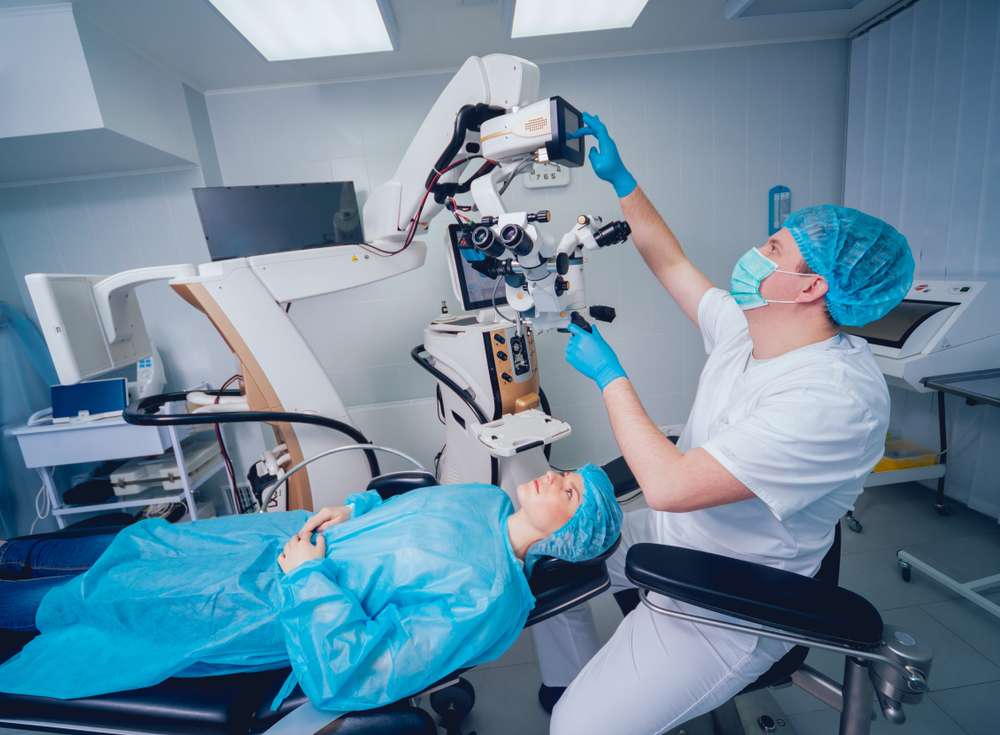Breast Implants: Options, Safety, and Research
Breast implants are medical devices placed under breast tissue or chest muscles to change shape or restore volume after surgery. People choose implants for cosmetic reasons or reconstruction after mastectomy or injury. Options typically include saline-filled and silicone-gel implants, and choices about size, shape, surface texture, and placement affect the surgical approach and outcomes. Like any medical device or procedure, implants carry benefits and risks; careful consultation with a qualified surgeon and ongoing follow-up are important to weigh cosmetic goals against possible complications and long-term monitoring needs.

This article is for informational purposes only and should not be considered medical advice. Please consult a qualified healthcare professional for personalized guidance and treatment.
What is a breast implant?
A breast implant is an artificial device designed to augment or reconstruct the breast. Two common types are saline implants (a silicone shell filled with sterile saltwater) and silicone-gel implants (a silicone shell filled with cohesive gel). Implants vary by size, projection, and shell texture; choices influence the feel and appearance. Implants do not last forever—many manufacturers and surgeons expect replacement or revision at some point due to changes in tissue, implant wear, or patient preference. Understanding device labeling and expected follow-up care helps set realistic expectations.
When is surgery considered?
Surgery for breast implants is considered for aesthetic augmentation, breast reconstruction after cancer or trauma, or to correct congenital asymmetries. Preoperative assessment typically includes medical history, breast exam, and discussion of risks such as infection, capsular contracture (scar tissue tightening), scarring, asymmetry, and anesthesia-related concerns. Surgeons will review incision options, implant placement (subglandular vs submuscular), and recovery timelines. Decision-making should prioritize informed consent and alignment of surgical planning with the patient’s health status and long-term goals.
What does medical research say?
Medical research has examined implant safety, patient-reported outcomes, and complication rates. Studies compare saline and silicone implants for rupture detection, sensation changes, and aesthetic outcomes, and investigate long-term device performance. Research also explores quality-of-life measures following reconstruction. Because findings evolve, current guidelines emphasize shared decision-making, standardized reporting of complications, and registry data collection to improve understanding of outcomes. Patients should discuss recent evidence and registry participation options with their surgeon as part of routine care.
Are there clinical trials for implants?
Clinical trials in the breast implant field evaluate new implant materials, surface technologies, surgical techniques, and safety monitoring approaches. Trials may assess rates of complications, aesthetic outcomes, or patient satisfaction, and some focus on reconstructive applications or adjunct procedures. Participation in clinical trials can offer access to investigational devices or protocols and contributes to medical knowledge, but it requires careful review of consent documents and potential risks. Ask your healthcare team or local research centers about ongoing studies in your area if you are interested.
How does breast implant care fit into healthcare follow-up?
Long-term healthcare after implant surgery often includes scheduled visits to monitor healing, address complications, and discuss imaging when indicated. Some clinicians recommend periodic imaging—such as ultrasound or MRI—for silicone implants to evaluate integrity, though specific recommendations vary by jurisdiction and device type. Healthcare follow-up also covers management of late complications (e.g., implant rupture or capsular contracture) and discussion of device removal or replacement when appropriate. Coordination between primary care, surgical teams, and specialists supports comprehensive surveillance and symptom reporting.
Conclusion
Breast implants are established medical devices used for cosmetic and reconstructive purposes, with choices influenced by material, surgical technique, and individual health considerations. Ongoing medical research and clinical trials continue to refine safety profiles and outcome measures. Prospective patients should seek detailed, evidence-informed consultations with qualified healthcare professionals, review device information, and plan for long-term follow-up to address changes or concerns over time.





